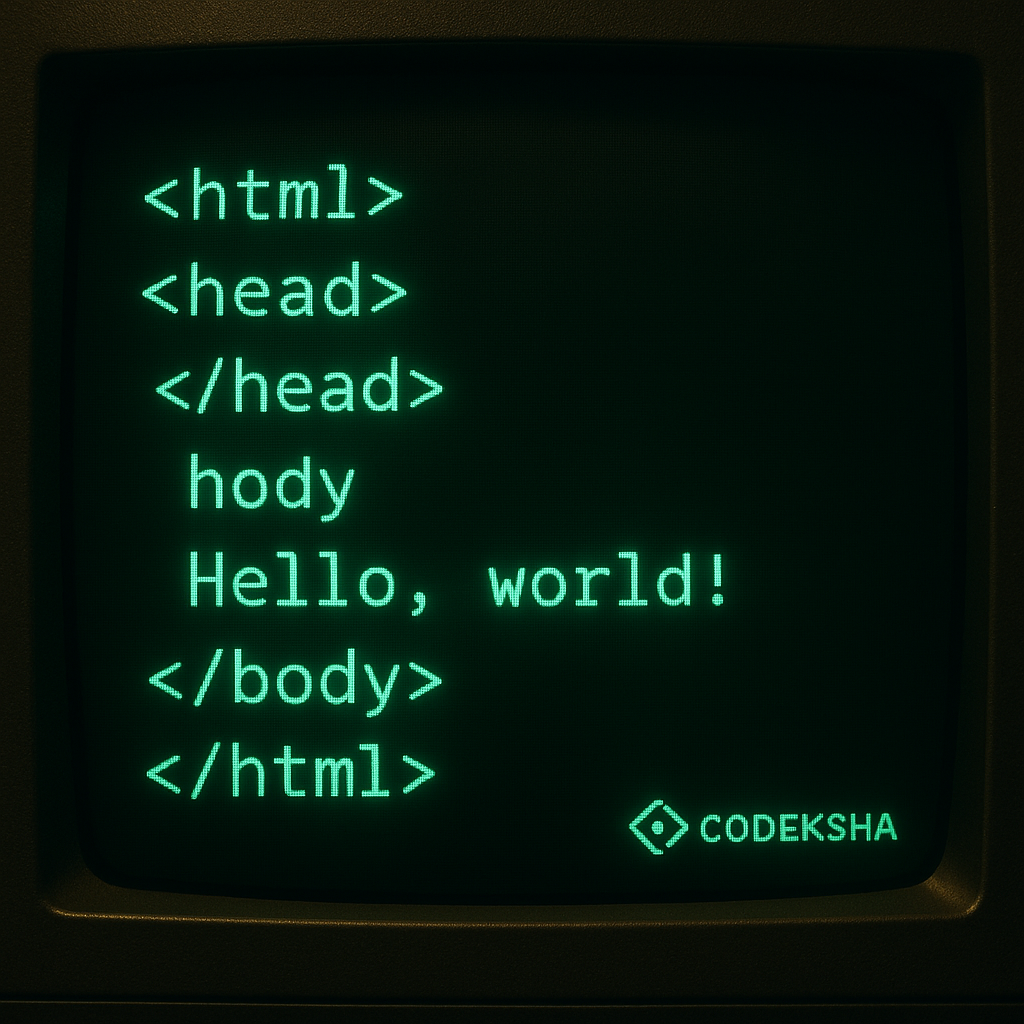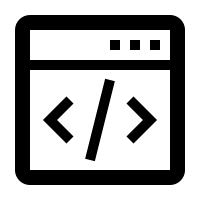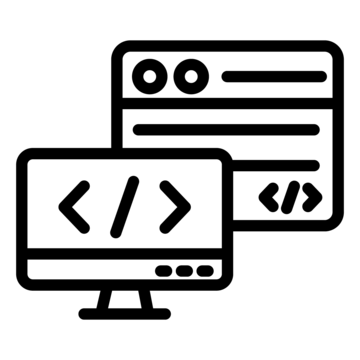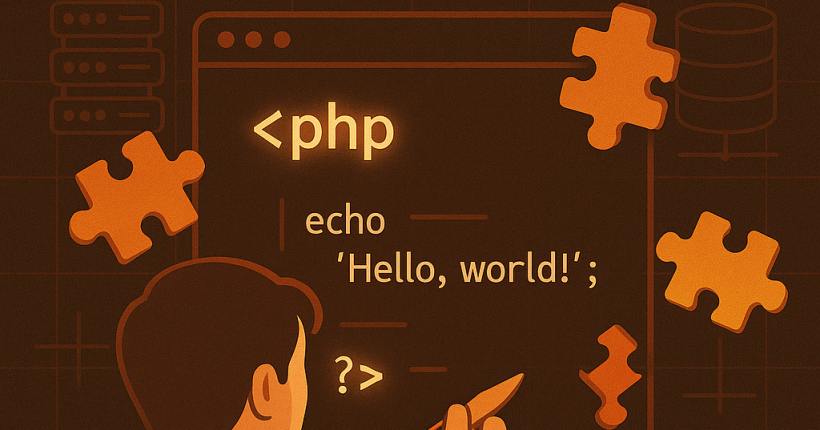
HTML Story: The Language That Built the Web | Codeksha

Before TikTok, before Instagram, before Google — there was HTML.
“In the beginning was the Web, and the Web needed a language.”
In 1991, a physicist named Tim Berners-Lee was working at CERN (a European nuclear research organization). He wasn’t trying to become a tech icon — he just wanted to make it easier for scientists to share research documents. So he created a new way to structure and connect text documents over the internet, and called it HTML: HyperText Markup Language.
HTML = The Building Blocks of the Web
- HTML stands for HyperText Markup Language.
- HyperText = the ability to link between pages.
- Markup = simple tags to structure content (like headings, paragraphs, lists).
- It’s not a programming language — it’s a markup language to define content and layout.
The First Website Ever?
Yup, built in HTML by Tim himself in 1991 —
You can still visit it: http://info.cern.ch
It looked super basic — no CSS, no JavaScript, just clean, raw HTML. But that site sparked the entire web revolution.
The first version of HTML had only 18 tags. That’s it. No colors, no styles — just structure. But that simple idea of marking up text to make it readable on a browser turned into the foundation of the internet as we know it.
Today, every website — whether built in React, WordPress, or Laravel — still starts with an HTML file. HTML is the skeleton of the web. No matter how advanced tech gets, it always goes back to one thing: <html>.
So next time you write <div> or <h1>, remember — you’re working with the same tool that kickstarted the entire internet revolution.
Crafted by Nishchay Pandya. Part of the “Origins of Web Tech” blog series.
Popular posts
Technologies

WordPress & CMS Tools

Frontend Design

Backend Programming

Full Stack Development
You May Also Like
-
Jul 19, 2025
-
Jul 19, 2025
-
Jul 19, 2025








